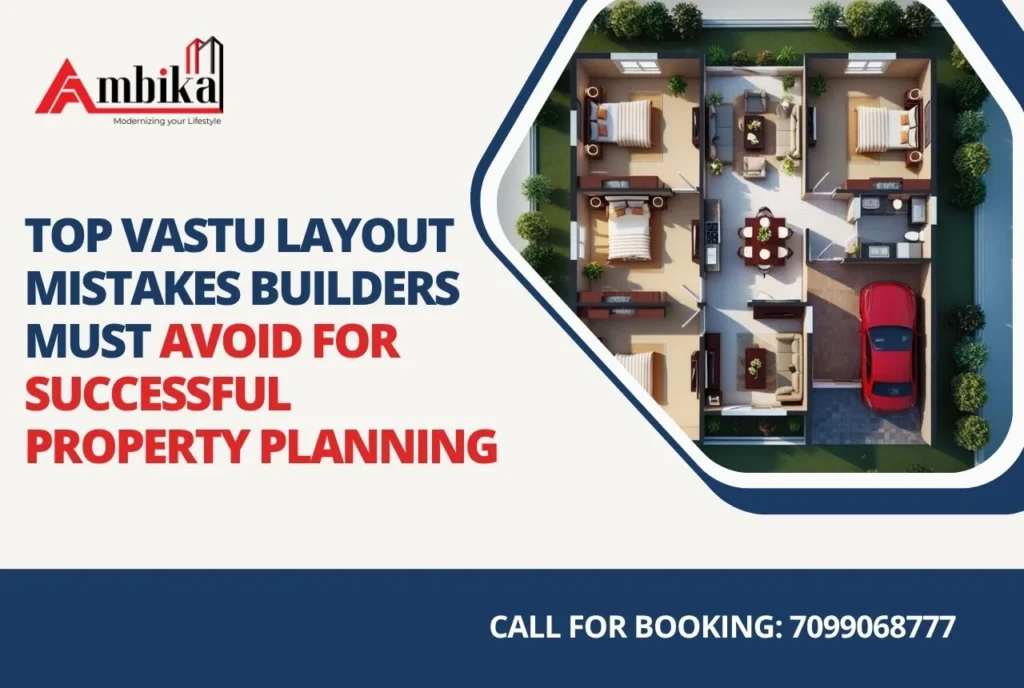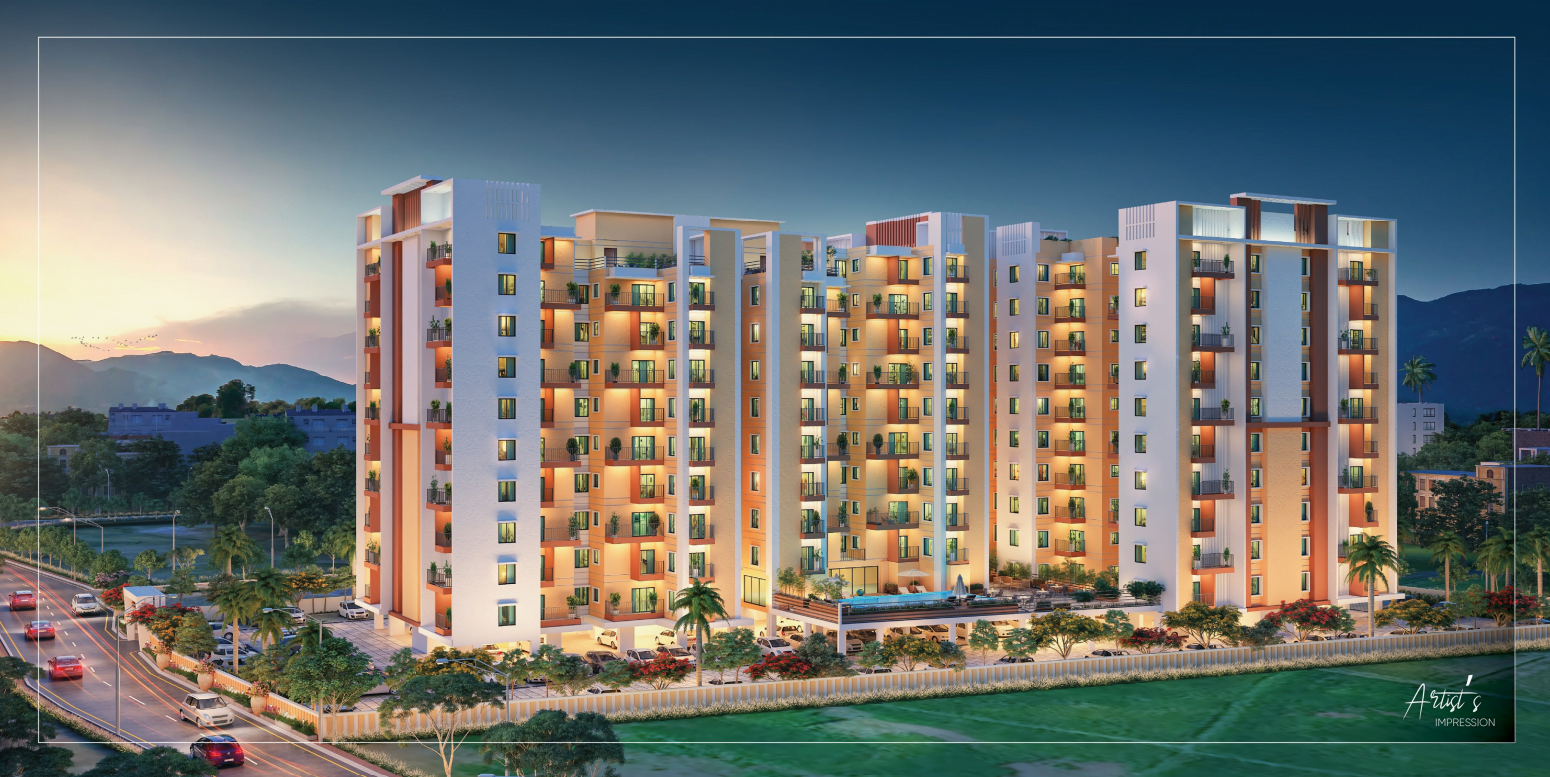Avoid these top 5 common Vastu layout mistakes to ensure positive energy, market appeal, and buyer satisfaction. Learn essential Vastu tips every builder should follow while planning residential or commercial properties.
Vastu Shastra is an ancient Indian science of architecture that offers guidelines to harmonize physical spaces with natural energies. Rooted in centuries-old wisdom, Vastu principles focus on balancing the five elements Earth, Water, Fire, Air, and Space to ensure peace, prosperity, and wellbeing for the occupants of a building.
In recent years, awareness of Vastu Shastra has grown significantly among property buyers. Whether it is a small home, a luxurious apartment, or a commercial complex, clients today are increasingly seeking Vastu-compliant properties. As a result, builders and developers are now expected to integrate Vastu norms right from the planning stage.
Avoiding common Vastu layout mistakes not only improves energy flow within the property but also enhances buyer confidence, marketability, and long-term value. Here are the top five layout errors that every builder must avoid to create spaces that are both functional and energetically balanced.
Incorrect Placement of the Main Entrance
In Vastu Shastra, the main entrance is often referred to as the “mouth of energy.” It is the gateway through which energy enters a building, influencing the overall vibration and environment of the space.
One of the most frequent Vastu layout mistakes is placing the main door in an inauspicious direction, such as the South-West. Entrances that open directly in front of a staircase, lift, or another door can disrupt the natural energy flow, leading to stress, conflict, or stagnation.
Correct Vastu Recommendations for the Entrance:
- The most auspicious directions for the entrance are North-East, East, or North.
- Ensure the entrance is well-lit and free of any clutter, obstructions, or broken objects.
- Avoid placing dustbins, shoe racks, or heavy furniture near the main entrance.
- A clean and open pathway leading to the door encourages smooth energy flow and positive vibrations.
Builders must prioritize the placement of the entrance at the blueprint stage to prevent costly modifications later and to ensure Vastu compliance.
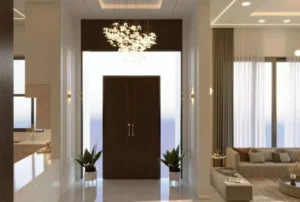
Ignoring the Kitchen Direction
The kitchen is associated with Agni, the element of fire, and plays a vital role in maintaining the health and vitality of the residents. Placing the kitchen incorrectly can disturb the elemental balance within the home.
One of the most common Vastu layout mistakes is placing the kitchen in the North-East, which is traditionally reserved for water and spiritual activities. Additionally, kitchens located directly under a bathroom or sharing a wall with a toilet or puja room can lead to energy imbalances and health issues.
Ideal Vastu Practices for Kitchen Placement:
- The South-East corner, known as the Agni Kon, is the most favorable location for a kitchen.
- If South-East is not available, the North-West corner is the second-best option.
- The cooking stove should face East, allowing the cook to face East while preparing food.
- Avoid placing kitchen sinks next to stoves, as this leads to a clash between water and fire elements.
By correcting these common Vastu layout mistakes, builders can ensure that the kitchen remains a source of nourishment and positivity.
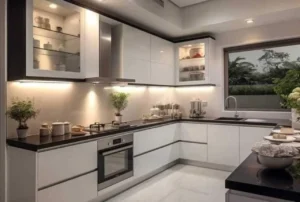
Wrong Placement of Toilets and Bathrooms
Toilets and bathrooms are often sources of waste and negative energy. Improper placement can result in issues related to health, finances, and interpersonal relationships. Among all Vastu layout mistakes, this one has a direct and visible impact on the occupants’ daily lives.
Mistakes to Avoid:
- Placing toilets in the North-East zone is highly inauspicious and can obstruct mental clarity and prosperity.
- Constructing toilets in the center of the house, or Brahmasthan, blocks the energy core.
- Avoid shared walls between the toilet and kitchen or puja room.
Recommended Placement According to Vastu:
- South of South-West and West of North-West zones are ideal for toilets and bathrooms.
- Ensure that the toilet doors remain closed when not in use.
- Use light, soothing colors to maintain cleanliness and energy flow.
Builders must pay close attention to the positioning of plumbing and sanitation areas to ensure harmony and balance in the structure.
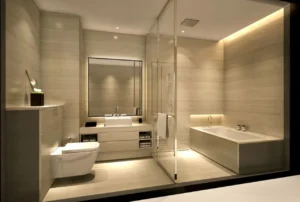
Overlooking the Brahmasthan
One of the most critical yet often overlooked aspects of Vastu is the Brahmasthan — the central and most sacred zone of any home or building. This space is considered the heart of the structure, where all energies converge. A major Vastu mistake is disturbing this zone with heavy constructions or activities that block energy flow.
Common errors include building staircases, toilets, water tanks, or large pillars in the center of the property. Using the Brahmasthan for storage or placing heavy furniture also disrupts the natural flow of energy, leading to stagnation and disharmony. Installing underground water tanks or septic tanks, or placing load-bearing columns or beams in this zone, are additional mistakes that can cause imbalance in the entire space.
To align with Vastu principles, the Brahmasthan should always be kept open, clutter-free, well-lit, and undisturbed. Avoiding these common Vastu mistakes is essential to ensure a harmonious, balanced, and positive living environment. If you’re planning a new home or renovation, being aware of these common Vastu mistakes to avoid can help you create a space filled with positive energy and well-being.
Correct Vastu Guidelines for Brahmasthan:
- Keep the central part of the building open, clean, and free from clutter.
- Avoid placing heavy furniture, walls, or beams in this zone.
- Use light-colored flooring and avoid overhead structures such as ceiling fans or beams cutting across the center.
By respecting the sanctity of the Brahmasthan, builders can ensure the property resonates with positive and stable energy.
Improper Placement of Bedrooms
Bedrooms are personal, restful spaces that influence sleep quality, emotional well-being, and family harmony. Placing bedrooms in the wrong zone is another key Vastu layout mistake that can impact both mental and physical health.
Common Errors:
- A master bedroom in the North-East may result in stress or excessive spiritual restlessness.
- Children’s bedrooms located in the South-East can lead to irritability, defiance, and restlessness.
Ideal Bedroom Placement According to Vastu:
- The South-West corner is best suited for the master bedroom, providing strength and stability.
- Children’s bedrooms are ideally placed in the West or North-West.
- Guest bedrooms are well-positioned in the East or North zones.
These placements help establish a sense of peace, control, and calm for every member of the household.
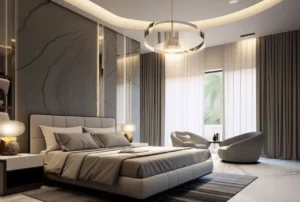
Bonus Tip: Common Vastu Mistakes to Avoid in Certain Areas
Often, builders focus on individual rooms and ignore the importance of common zones such as staircases, balconies, overhead tanks, and parking spaces. This can lead to unintentional yet critical Vastu layout mistakes.
Important Guidelines for Common Areas:
- Staircases should rise in a clockwise direction and be positioned in the South or West.
- Balconies are best located in the East or North, allowing in natural light and fresh air.
- Overhead water tanks should be installed in the South-West, not the North-East.
- Avoid placing garages, septic tanks, or heavy storage units in the Brahmasthan or North-East.
Paying attention to these details during the construction phase helps create a complete, Vastu-compliant structure.
Final Word on Avoiding Vastu Layout Mistakes
Avoiding common Vastu layout mistakes is not just about following tradition; it is about aligning the built environment with the natural flow of energies. Builders and developers who integrate Vastu principles during the planning and layout stages are more likely to create homes that are healthy, balanced, and energetically aligned.
A property that adheres to Vastu guidelines offers greater peace of mind to buyers and increases the perceived value of the investment. It also reduces the chances of post-construction modifications, saving time and resources.
To ensure complete Vastu compliance, it is advisable to consult a qualified Vastu expert during the architectural design phase. When energy, design, and purpose come together, the result is a home that nurtures both body and soul.


